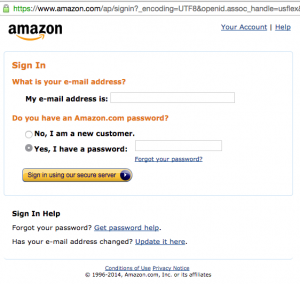— June 28, 2018

There’s never anything cookie-cutter about the job search. Your resume will inevitably be different from the next applicant’s—and what’s more, your resume should change and evolve with every job you apply for.
That’s right—you really need a different resume for each position, one that’s tailored to address the job in question. That doesn’t necessarily mean you have to rewrite your resume from scratch each time, but it does mean you should take some time to customize. There are a few ways you can do that.
Use Language from the Job Posting
The ultimate goal of customization is to prove that you read the job description, and to convince the hiring manager that you fit it to a T. That means paying close attention to the verbiage of the job listing itself. How does the employer describe this position? Which words and phrases are used to describe the ideal candidate? Whenever possible, incorporate those words and phrases into your resume. (For example, maybe your resume lists team building, but the job description says team development; there’s no reason not to tweak your resume to match the language of your potential employer.)
Think in Terms of Pain Points
Stop and think about the job you’re applying for. What pain points is it meant to address? What problems is it meant to solve? What issues must the company be having to necessitate this new position—too much turnover? Too much employee demand? Slowed sales growth? Consider ways in which your resume can position you as the solution to these problems. Pitch yourself as a useful resource for whatever issues the company’s facing.
Cut Irrelevant Jobs
One of the most basic ways to customize your resume is to delete, or at least minimize, older jobs that don’t have any relevance to the one you’re seeking. The goal here is to craft a narrative and to ensure that everything on your resume showcases your qualification for the job in question. If you have entries in your career history that don’t match the position you’re applying for, downplay them to make that narrative as streamlined and as uncluttered as possible.
Make Use of Your Executive Summary
You can’t assume that a hiring manager will read your entire resume from top to bottom, so spell out your most important qualifications early on. This is where your executive summary comes into play. Tweak this section for each job you apply for, making sure it covers some of the most qualifying skills and achievements of your career, as relative to the position you’re applying for.
Hire a Resume Writer
A final step to effective resume customization: Hire a professional resume writer, who will have ample experience in crafting resumes to match specific positions.
Business & Finance Articles on Business 2 Community
(75)






